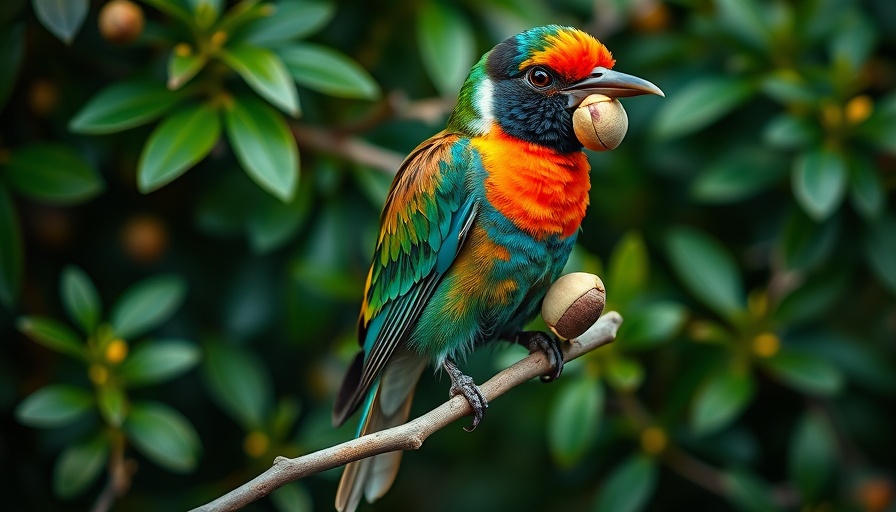
Can Birds Safely Enjoy Pistachios?
As a bird lover, you may find yourself wondering about the dietary habits of our feathered friends. A particular question that arises is whether birds can eat pistachios. The good news is that pistachios can indeed be a nutritious snack for several bird species when offered properly. With the right knowledge, you can safely include this delightful nut in their diets. This article dives into the benefits, risks, and best practices to ensure your avian companions enjoy their pistachio treats without any harm.
The Nutritional Perks of Pistachios
Pistachios are not just a favorite snack for humans; they are also packed with essential nutrients beneficial to birds. These include:
- Protein: Important for tissue repair and muscle maintenance.
- Healthy Fats: Mainly unsaturated fats, crucial for energy and Vitamin absorption.
- Minerals: Rich in phosphorus, copper, and manganese that support various bodily functions.
- Vitamins: Contains Vitamin A for eye health, B6 for metabolism, and Vitamin K for blood clotting.
Moreover, the antioxidants found in pistachios may contribute to protecting birds' cellular health, offering potential longevity benefits.
Which Birds Are Fans of Pistachios?
Interestingly, certain birds seem to have a particular affinity for pistachios. Species such as Blue Jays, Crows, and Woodpeckers are often seen enjoying these nutty treats. Their natural instincts drive them to crack open the shells, making it a rewarding experience both nutritionally and mentally.
Best Practices for Serving Pistachios
To ensure that your birds enjoy pistachios safely, here are some guidelines to follow:
1. Choose the Right Pistachios
Always opt for unsalted, unsweetened pistachios. Salt can be harmful to birds, leading to dehydration and other health issues.
2. Shell or No Shell?
While many birds can manage shelling the nuts themselves, offering shelled pistachios can make it easier and save them time and effort.
3. Moderation is Key
Even though nuts provide great nutritional value, they should never make up the entire diet of your birds. Offer pistachios as an occasional treat to prevent obesity or nutritional imbalances.
4. Keep Them Fresh
Pistachios should be stored properly to maintain their freshness. Old or stale nuts can pose health risks to your feathered friends.
Potential Risks to Be Aware Of
Despite the benefits, overfeeding pistachios can lead to problems, including obesity, vitamin toxicity, and dietary imbalances. Always balance their diet with a variety of foods to ensure comprehensive nutrition.
Conclusion: A Nutty Treat for Birds
In conclusion, pistachios can be a delectable and healthy treat for many birds when offered carefully. With the right practices in place, you can enrich your pet’s diet while ensuring their health and happiness. So, the next time you're enjoying pistachios, don’t hesitate to share a couple with your avian companion!
 Add Row
Add Row  Add
Add 




Write A Comment